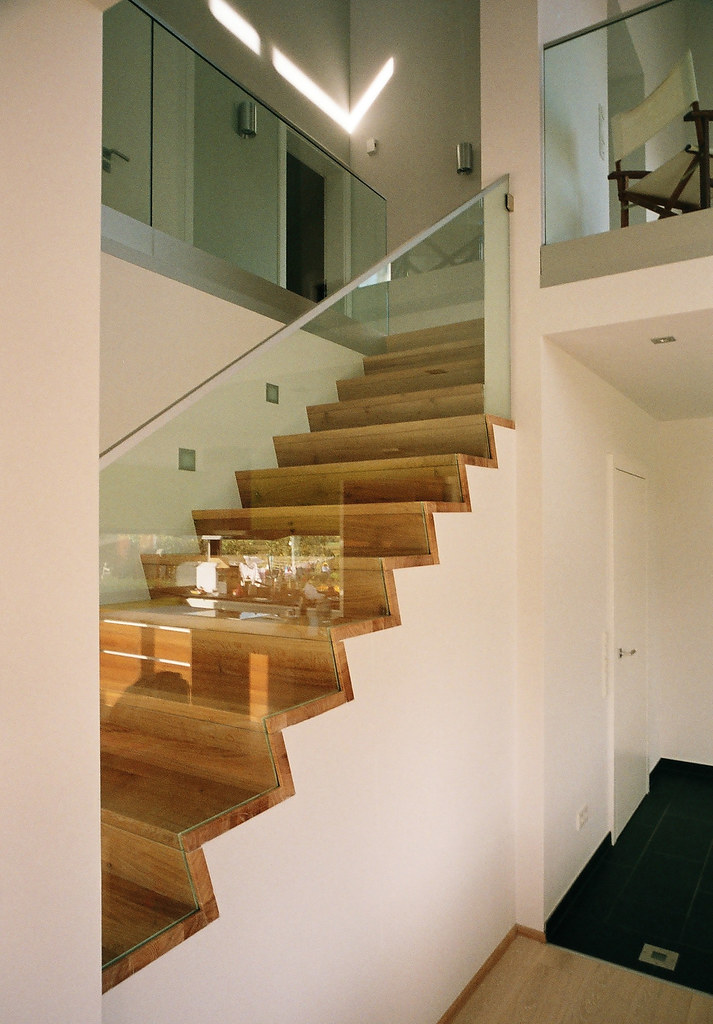Sparrow
Veteran
And I don't really care what you call it. I'm just not as pedantic or utterly convinced that I am the only person who is right.
The 'silly word "true"' is used to distinguish it from barrel and pincushion distortion, which are not necessarily to do with the wideness of the angle. There is a clue in the fact that these are phrases, not single words: "pincushion distortion", "barrel distortion", "[true] wide angle distortion." "Distortion" is quite a versatile word, also used in such phrases as "distortion of the facts" and "distortion of the truth", not to mention mechanical senses.
It is a common mistake to thnk that our teachers are the only people who really know what they are talking about, when if we had had different teachers, we might believe something else entirely.
Cheers,
R.
I always find it odd that people will readily accept a distorted image like this, as reality

than this

I wonder just how much is learned, I catalogued my children's art for their first four years and sort of came to the conclusion that their cognition and perception of spatial relationships just developed spontaneously at about three.
(sorry for that tortured and rather poncy sentence)
If I were looking for a theses I'd look for links to the development of self-awareness as an adaption to throwing stones at mammoths, I can see how it would be an advantage if the brain filters out the Planar effect of what we see and concentrate on vector








